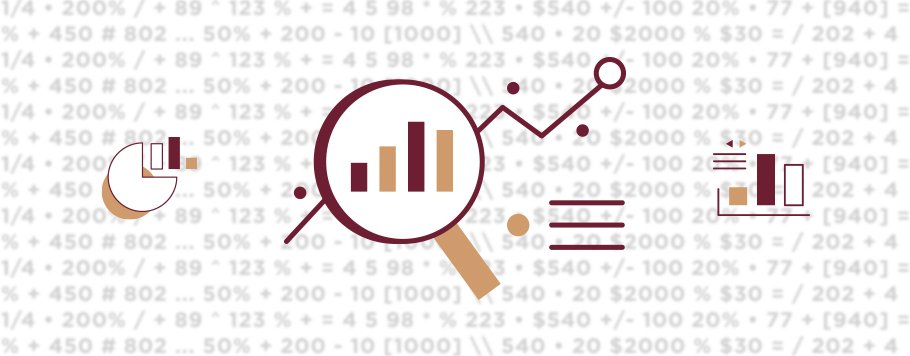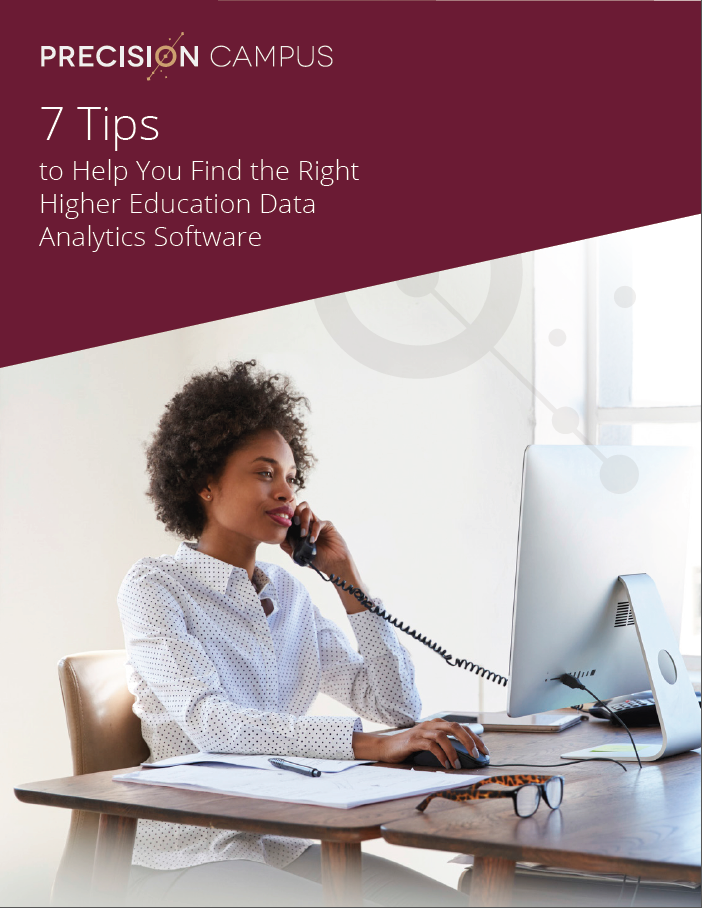Not everyone can look at a large set of data and immediately translate it into actionable insights.
That’s why data visualization tools have become essential for organizations of all sizes and across all industries.
What is Data Visualization?
Data visualization is a way to make information more accessible through graphic representations.
Instead of reading a list of numbers in an Excel spreadsheet, modern data visualization software tools use the following design elements to portray information in an easy-to-read and simple-to-understand format:

- Charts
- Tables
- Graphs
- Maps
- Infographics
For maximum readability, data is extracted from IT systems in the form of numbers, percentages and other static statistics by software programs specifically designed to do so.
Some of these programs offer interactive dashboard capabilities so users can create filters and drill down information by specific variables.
Why Data Visualization is Important
Visual representations of data make identifying informational trends, patterns and connections incredibly easy.
Here’s an example:
For the education industry, data visualization tools are especially crucial. We’re living in the age of big data, which means colleges and universities are drowning in information. Anyone who interacts with a school is leaving behind a trail of information that the institution can then use to their advantage; this can include small acts like opening a promotional email or more significant data like Course Success Rates.
Data visualization is an integral part of succeeding with big data analytics in education. The massive amount of data that institutions create and manage on a day-to-day basis would be impossible to understand without visualization tools.
How Data Visualization is Used
Imagine combing through an Excel spreadsheet to measure year-over-year success rates for a single class. Pulling, organizing and reading the data would be a time-consuming eyesore, and that’s just for one class!
While a college’s institutional research department might be able to understand large data sets, deans, program directors and other administrative personnel may not be as fluent. Plus, the pressure of controlling an entire institution’s data is too great for one department, which is why data visualization tools make it possible to create a campus-wide culture of data appreciation.
Data visualization tools do all of the organizing and compiling in the back end to present users with graphical representations of data, so there’s no IT or programming experience necessary to pull a report. Specifically, colleges and universities are using data visualization tools to:
- Track enrollments by race, gender, program, etc.
- Measure the success of recruitment efforts.
- Monitor student success rates, course success rates and retention.
Benefits of Data Visualization Tools
- More accessibility: Data visualization makes information readily available to everyone across your organization, which can help improve collaboration between departments.
- Real-time access: Data visualization and analytics tools act as an aggregator of your institution’s information, so anyone with access can log in at any time to find what they need. This eliminates a middle man and can lead to faster comprehension and decision making.
- Make information memorable: The human brain retains visual information better than numerical information. Since you’ll be able to see spikes in student headcounts represented in a chart or graph instead of a static list, information can become more memorable when presented graphically.
- Support for data-driven decision making: Tracking fluctuations and identifying trends is effortless with visualization tools, since you’ll have the power to quickly spot problem areas that could benefit from a data-backed plan of action.
Of course, there’s also data to back up these claims:
- Institutions that rely on data visualization tools are 5x more likely to make data-backed decisions at a faster rate than their competition.
- Organizations that utilize data analytics programs get an ROI of $13.01 for every dollar spent.
- Our brains process visual information 60,000x faster than the time it takes us to understand text.
Data Visualization in Action
Here’s a quick quiz to give you an example of data visualization’s effectiveness.
| Year | 2011 | 2012 | 2013 | 2014 | 2015 | 2016 | 2017 | 2018 | 2019 |
| Success Rate | 71.9 | 67.8 | 54.2 | 50.6 | 48.7 | 78.3 | 74.6 | 67.9 | 73.8 |
Answer: It might have taken a few seconds to find, but 2016 is the clear winner!
While those few seconds might not seem like a big deal, a more visual representation is even quicker.
Here’s a different example: You can see that the bar graph below instantly shows the best-performing term.
For reporting, collaboration and decision making, presenting data in visual formats will be a much more engaging and productive way to accomplish your institution’s goals.
How You Can Find the Right Data Visualization Tool
Fortunately, no one is limited to the capabilities of the Microsoft Office suite. There are dozens of data visualization tools that can quickly present your information in sophisticated ways. From a cloud-based tool in a web portal to an on-site solution, the perfect data visualization tool for your organization is out there waiting to transform your information into graphics!
Precision Campus is a data analytics program designed exclusively for higher education. Our cloud-based platform is automated, hosted and secure, so your institution can make data-driven decisions in a breeze. Contact us to learn more, or test-drive our software for free here.




